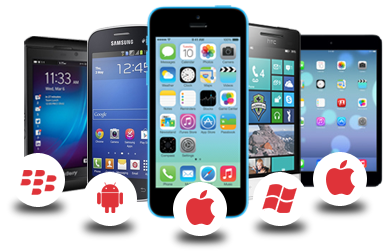In traditional face-to-face courses, use of discussions can be an effective instructional strategy to encourage students to interact with one another and the content (Pollak, 2017). In fully online courses, discussion forums are frequently the primary means for whole group communications and interactions. No matter how discussion forums are used for managing formal or informal conversations or opportunities for collaboration, moderation of these online forums requires different strategies from those used in traditional face-to-face discussions.
A common misconception in moderating discussion forums is that it's necessary for instructors to respond to all student postings. The reality? It is absolutely not necessary to reply to every student post made in a discussion forum. One of the primary goals of an online discussion is to provide student-to-student interactions through in-depth reflection and deeper learning with the course content. Too much instructor participation in these discussion forums can quickly make the instructor the center of conversation when, in fact, the student reflections and responses should be the core of the dialog and driven by the students.
So............how much should an instructor participate in online discussion forums?
There is no cookie cutter answer to this question, but the amount of participation significantly depends on how the discussion questions are written and designed, the level of student interest on the discussion topic, and the instructor's interest on the topic. Having said that, a good reasonable starting point strategy is to comment to 1/3 of substantive student posts. It is wise to spread out your responses to students over the duration of the week, module, or length of the overall discussion forum. This encourages students to participate in discussion boards consistently over time.Why removing yourself from an online discussion forum doesn't work.
Throughout my experiences as a student taking several fully online courses during graduate-level studies, I noticed about 80% of the time that several instructors simply removed themselves completely from our online discussions. As a student, I expected some level of active participation from the instructor to ensure my posts were being "heard" and I was on the right track. I quickly learned that an instructor's silence from our discussion forums did not reassure me if I was on the right track or not with our discussion at hand. Students need that reassurance to ensure content is understood and learning growth is taking place. Instructor silence weakens instructor presence, decreases student engagement, and increases the feeling of isolation (Cho and Tobias, 2016).Tips to consider when participating in student-driven online discussions
- Avoid "I agree" and/or "good job" responses to students' postings, especially if you don't give credit to students posting these same shallow responses. As the primary content expert in your course, take the opportunity to model meaningful dialog as posting additional thoughts based on research, provide additional data, or post with follow-up questions to continue deep thinking and conversation.
- Identify common themes from students' posts and tie them to text/article readings and key concepts.
- Consider implementing a Socratic or reflective questioning approach in your participatory posts and discussion board design.
- When posting follow-up questions and ideas, scaffold your students' learning and avoid talking over the students' heads.
- Give participation points for students for modeling thorough and concise postings. Ideally, make this part of your evaluative grading rubric.
Resources
- Cho, M., & Tobias, S. (2016). Should instructors require discussion in online courses? Effects of online discussion on community of inquiry, learner time, satisfaction, and achievement. International Review of Research in Open and Distributed Learning, 17(2).
- Pollak, M. (2017). Designing and managing engaging discussions in online courses. Journal of Teaching and Learning with Technology, 6(1), pp.76-80.





